Retrospective study of the prevalence of factors contributing to successful standing at first attempt in horses recovering from general anesthesia
Retrospective study of the prevalence of factors contributing to successful standing at first attempt in horses recovering from general anesthesia
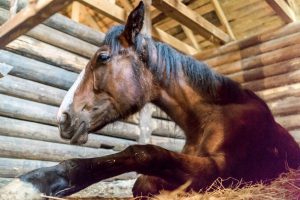
Requires membership/payment
This article can be accessed via RCVS Knowledge Library Membership (click here).
In our edition of: Feb 2022
In our categories of: equine
our summary:
de Miguel Garcia, C. et al. (2021) Retrospective study of the prevalence of factors contributing to successful standing at first attempt in horses recovering from general anesthesia. Veterinary Anaesthesia and Analgesia, 49 (1), pp. 95-103 https://doi.org/10.1016/j.vaa.2021.10.005.
The aim of this retrospective study was to identify factors associated with successful or unsuccessful attempts to stand in horses following general anaesthesia.
Anaesthetic records and video files of horses recovering from anaesthesia were retrieved from a single university veterinary hospital. Videos were assessed by between three and six trained veterinary students to identify variables relating to body and limb positions associated with successful or unsuccessful attempts to stand from recovery and to measure the prevalence of those factors.
Analysis of the video was confined to the first attempt to stand which was defined as the first time the horse lifted its chest clear of the floor. A recovery attempt was deemed successful if the horse stood for a minimum of two minutes without its chest touching the floor again.
Two-hundred-and-twenty-one records and videos of recoveries in horses were reviewed. Recovery was unassisted on 152 (69%) occasions and assisted on 69 (31%) occasions. Of the 69 assisted recoveries, the assistance was with head and tail rope on 31 (45%) of occasions, tail rope alone on 31 (45%) and the remaining seven (10%) occasions involved manual assistance from staff. Assisted recoveries were required in 50% (50/100) of orthopaedic surgeries and in 15% (19/121) of soft tissue surgeries.
Variables that were associated with successful recovery at first attempt were extension of the carpal joints, head and neck alignment with thoracic limbs, pelvic limb position, coordination whilst in the sternal position and longer time to attempt to stand. The association between extension of the carpal joints with wide positioning of the pelvic limbs had the best success rate for standing and the association between flexed carpal joints and head and neck orientated differently to thoracic limbs the worst success rate.
Limitations of the study were the retrospective nature of the study, the lack of data on duration of anaesthesia and number of anaesthetic episodes in the records. In addition, some videos were not evaluated by the intended six students, which alongside the lack of experience of the students, may have increased the variability of the evaluations.
This study provides some evidence of individual body postures and limb positions that are associated with successful standing in horses recovering from anaesthesia. Knowledge of these variables may be useful for assessing recovery following anaesthesia in future research and could help with the design of new recovery-assist devices.
Image copyright attribute: elen1
Join the discussion
We encourage discussion on all material highlighted in each edition of inFOCUS. Use the button below to join the conversation on Twitter and include your comment in the feed for this issue.

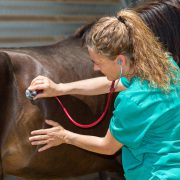
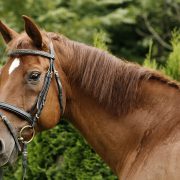
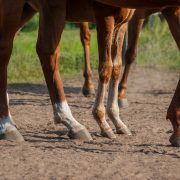
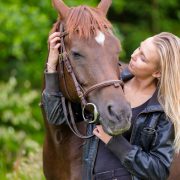
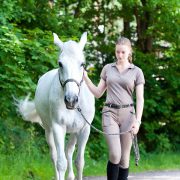
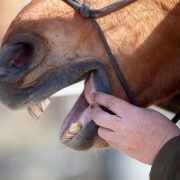


Leave a Reply
Want to join the discussion?Feel free to contribute!